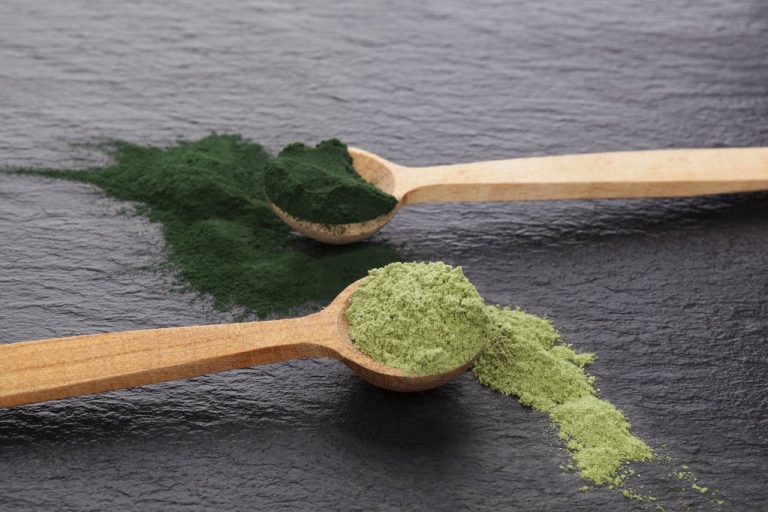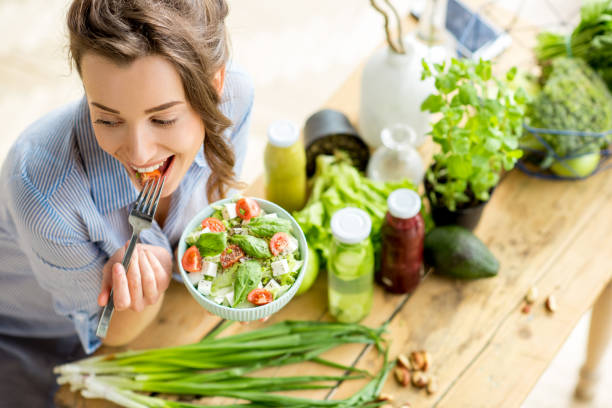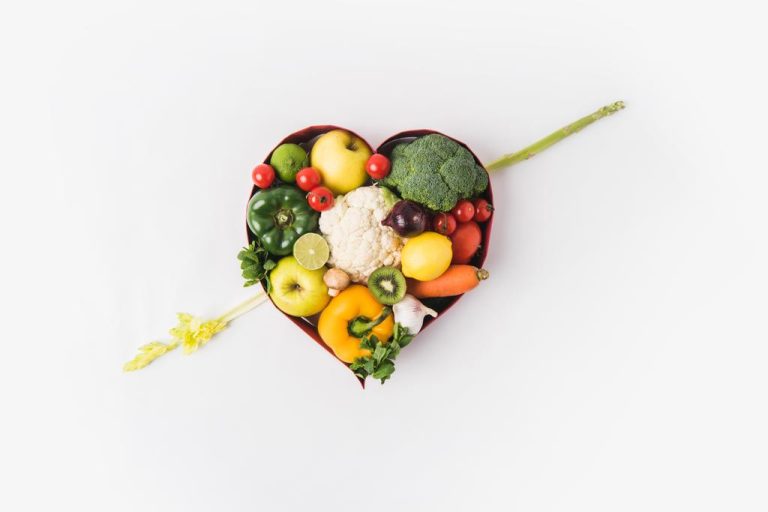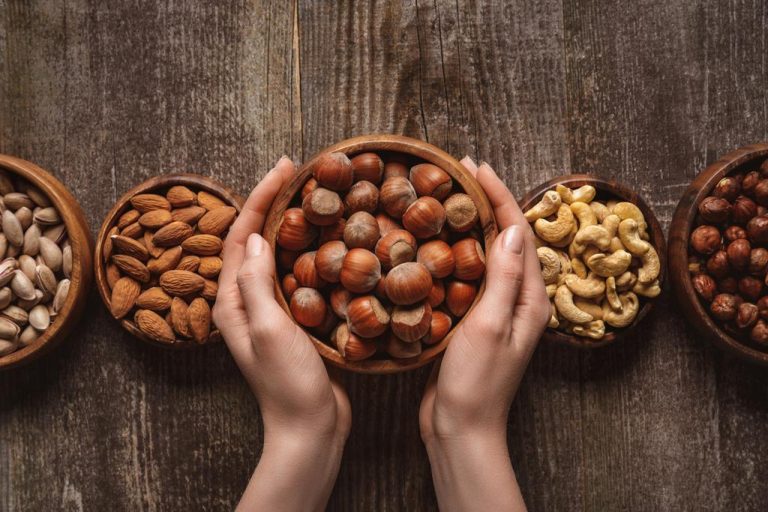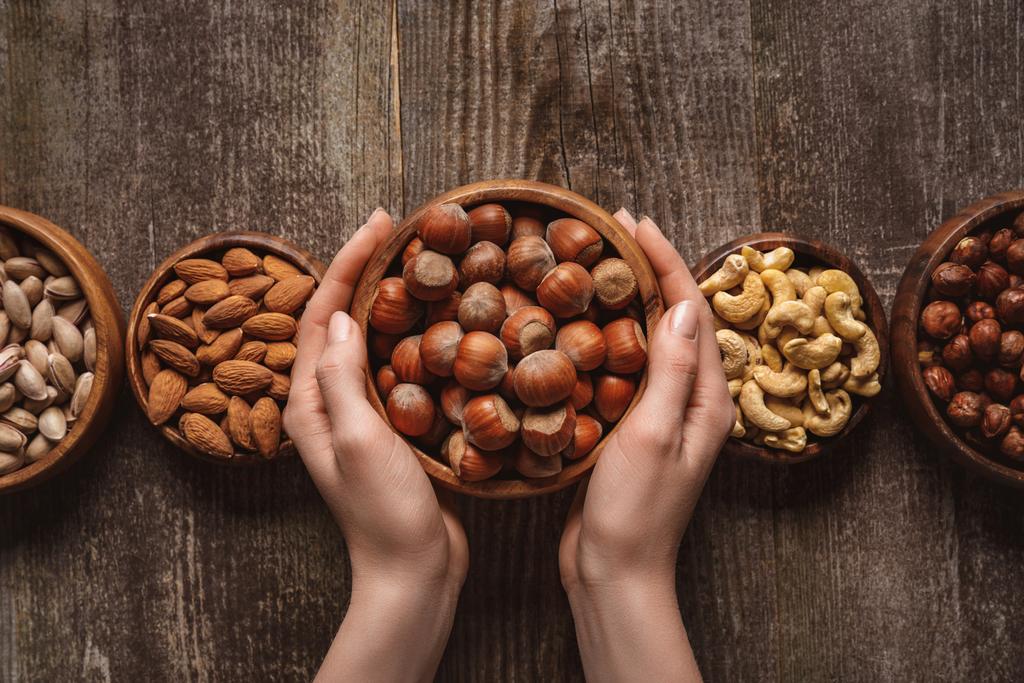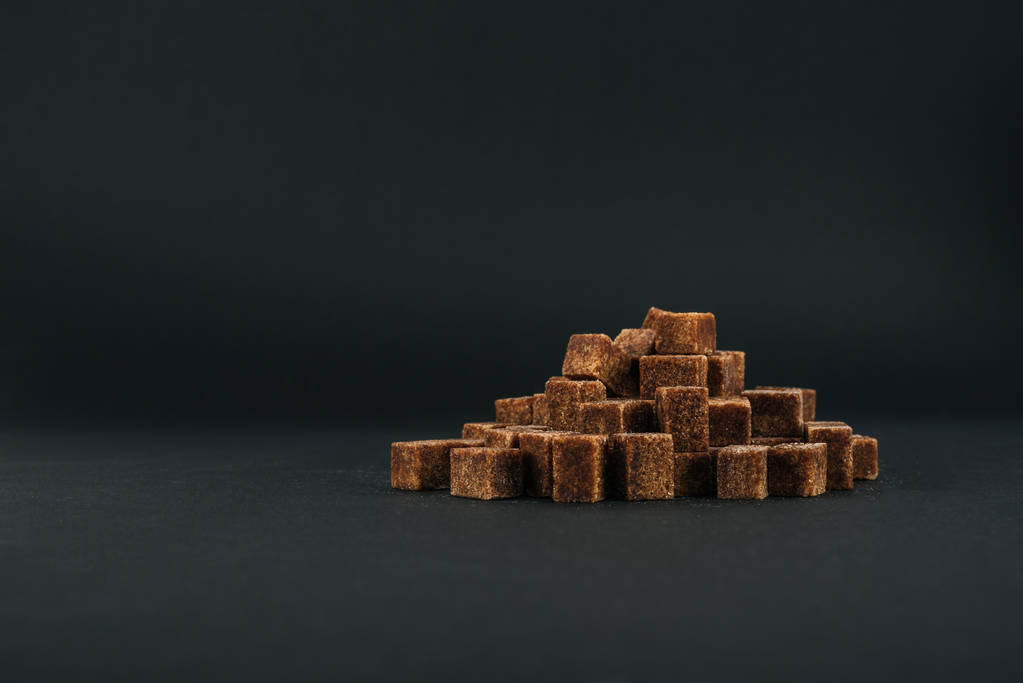A great party should be well organized and requires a lot of planning. Therefore, note useful tips for party planning and celebrating. Because from the invitation to the food and music, everything should be perfect. So that you don’t forget anything, we have summarized the most important points for you.
Planning a party can also be stressful. Then you quickly lose track. But for the party to be a success, all you need is good music and great people. If you want to throw a party that will be unforgettable, make a checklist.
Organize an unforgettable party
A perfect hostess remains calm and composed. Because she has thought through the party planning well. Making a checklist will help you make your house party a success. So you don’t forget the important things and can celebrate a great party with your guests without worrying. So good planning and preparation are key. Then you can relax when the guests arrive and look forward to the evening.

It can also be good to introduce the people you meet to each other so that there is no awkward silence. For this, you could add some interesting information, it will make it easier to start a conversation. Also, note the following things when planning a party. In addition, note tips for planning a 70s party.
1) Design the perfect invitation
In order for your invitation to be perfect, it should contain all the important information. You can also determine the type and design. So think about whether you want to send the invitation by email, SMS, messenger, or as a card. You can let your creativity run free as a card or email. With other options rather less. Finally, provide the following information in the invitation:
- the occasion, e.g. wedding, birthday, anniversary, etc.,
- full name, location/address of the celebration (with directions)
- the time for the party to start
- your telephone number, for inquiries or emergencies
- Dress code and/or motto
2) Choose a venue to party
The next thing you should think about is where the party will take place. Should it take place at your home or would you like to rent a venue? Because especially with the latter you have to plan in good time. And depending on the location of the celebrations, different things have to be considered. Is there enough space? Is there enough seating? Is the place handicapped accessible? And much more. If the party is indoors, provide enough ashtrays and trash bags. Then cleaning up after the party will be easier. Also, note how to make corks fit in case the wine is left over after the party.
3) Have a theme party or not?
If you want to plan a party, then a great themed party can be a lot of fun. Because how often do you get the chance to dress up? However, you should communicate this clearly with your guests. And if there is no motto, should you consider whether or not there should be a dress code? The decision is entirely up to you and maybe your guests as well.
4) Buy great party decorations
Depending on which theme you choose for your celebration, the right party decoration can underline the atmosphere. Then you can design the table decoration lovingly and imaginatively (e.g. with flowers and candles; depending on the season also angels, Easter bunnies, etc.). And crockery, cups, and glasses can also be selected to match. Garlands or other great party sets can also be organized. Also, note tips for planning and hosting a baby shower.
5) Plan a party and organize catering
Also, think about the food for your guests. Because you often get hungry at a party or want to snack on something. So you can prepare and provide chips, pretzel sticks, or other finger food ideas. Even a simple chili or a delicious casserole can be cooked well for a house party. Depending on your guests’ wishes, you can prepare it normally with meat, vegetarian or vegan. However, you should not make big experiments! Also, read valuable tips for planning a barbecue party.
6) Have a great party with finger food
As mentioned earlier, finger foods and simple snacks are perfect for a great party, so don’t forget about them. If you are missing finger food ideas, watch the following video. Because here are simple recipes for sweet and hearty tastes.
7) Select the music for the party
It will be a great house party if the music is right. If your house party has a specific theme, you should coordinate the music with it, at least at the beginning of the celebration. You can also consider hiring a DJ or creating a music playlist yourself. Both are great options for a relaxing evening and partying. In addition, get tips for a perfect dinner party.
8) Consider good party games
Good party games can loosen up the evening and be a lot of fun. So think ahead of time about great party games that you want to play with your guests. There are many games, e.g. Charade, Who am I? or how about a round of Twister? Drinking games like Meiern can also get the guests in the mood. Accordingly, you should get the necessary utensils in advance, such as dice, post-its, or entire games.

9) Plan a party and inform neighbors
If you are planning a great party, you should also inform your neighbors about the time and ask for their understanding. Many people hang up a note in the stairwell for this purpose. If you get along very well with your neighbors, inform them personally or invite them over. This way you can prevent and reduce unnecessary stress.
10) Make special ice cubes
When it comes to the little things when celebrating, it often comes down to the details. So try making special ice cubes. Because in decoration and kitchen shops you get many interesting ice cube trays. Instead of the conventional water ice cubes, you can also freeze delicious cola or juice. And you can particularly impress your party guests with cherries or strawberries frozen in ice cubes. Fresh mint leaves are also very suitable for this. Also, note tips for a Halloween party for children.



